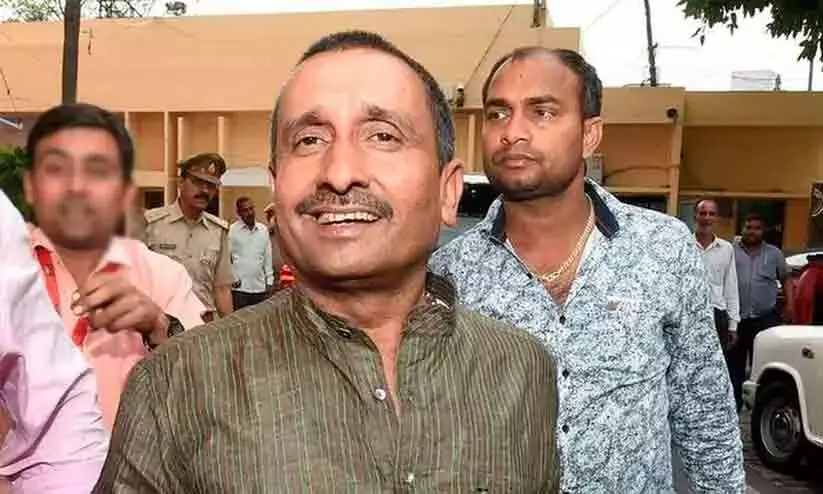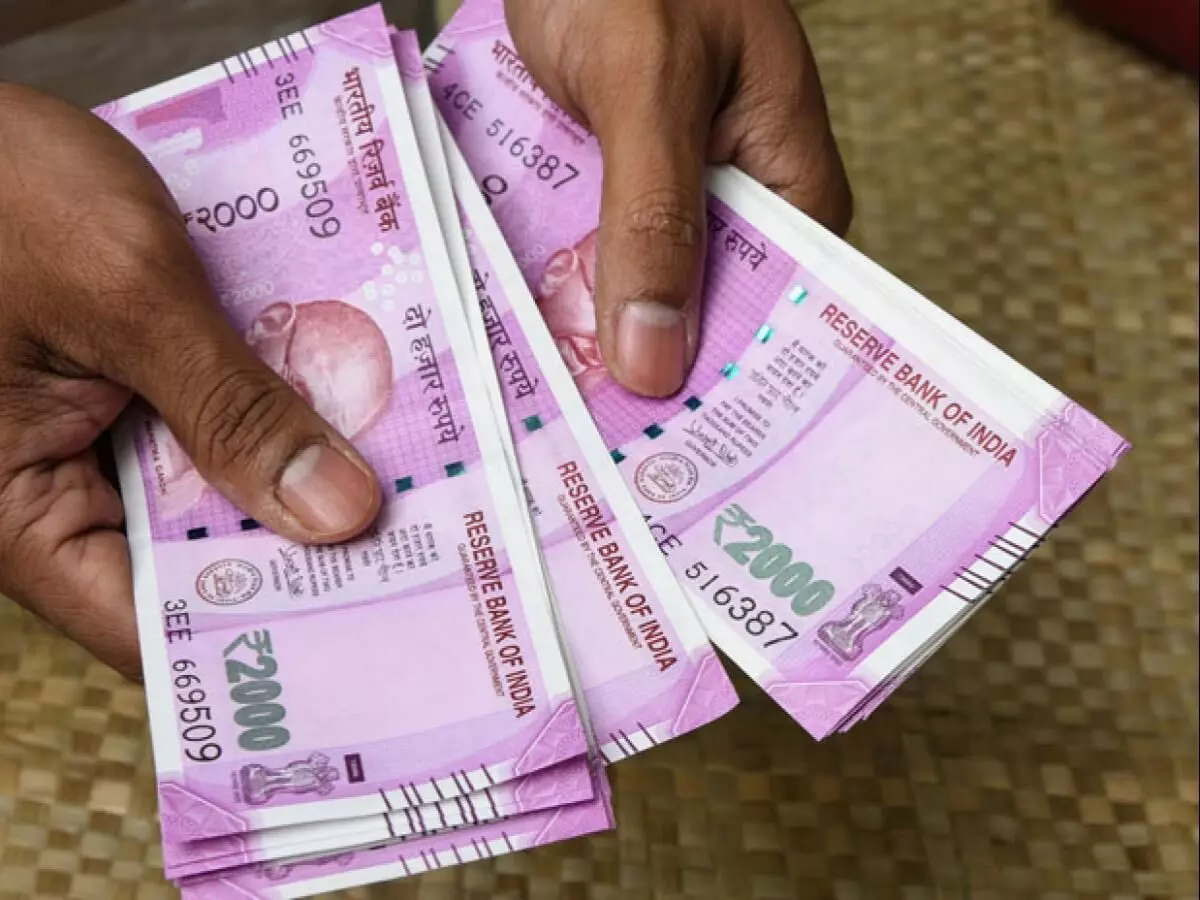
Demonetisation's "less cash" aim failure; 71.84% increase in cash
text_fieldsNew Delhi: Currency with the public reached a new high of Rs 30.88 lakh crore on October 21. This means the usage of hard cash is still high even after six years of demonetization, which also had the objective of making India a "less cash" economy, PTI reported.
Now the currency with the public is 71.84 per cent higher than that of the fortnight that ended on November 4 2016. This suggests that the economy must have moved further from the "less cash"-economy target.
On November 8, 2016, Prime Minister Narendra Modi announced the decision to withdraw ₹ 500 and ₹ 1,000 denomination notes with the ultimate aim of reducing corruption and black money in the economy. The move, made without any prior notice, had received flak from various quarters for poor planning and execution.
As per the fortnightly data on money supply released by the RBI on Friday, the currency with the public increased to ₹ 30.88 lakh crore as on October 21. The central bank data for Reserve Money had put the currency in circulation at ₹ 17.7 lakh crore on November 4, 2016.
The amount as currency with the public is derived after deducting cash from banks from the currency in circulation.
Cash usage in the Indian economy has been steadily rising despite the rise of more convenient digital alternative paying methods. These methods also found mileage through contactless transactions that were mandated by the Covid-19 pandemic.
A 2019 RBI study on digital payments partly addressed the issue.
"Although digital payments have been growing gradually in recent years, both in value and volume terms across countries, data also suggests that during the same time, currency in circulation to GDP ratio has also increased in consonance with the overall economic growth," it had said.
"... an increase in digital payments to GDP ratio over a period of time does not seem to automatically imply a fall in the currency to GDP ratio of the country," it had added.
The study said that after demonetization, digital transactions increased in the country, but the digital payments to GDP ratio didn't move from the traditional low.
Economists at the State Bank of India had informed that the currency in circulation (CIC) declined by ₹ 7,600 crores in the Diwali week. It was the first such a level decline in two decades, PTI reported.























